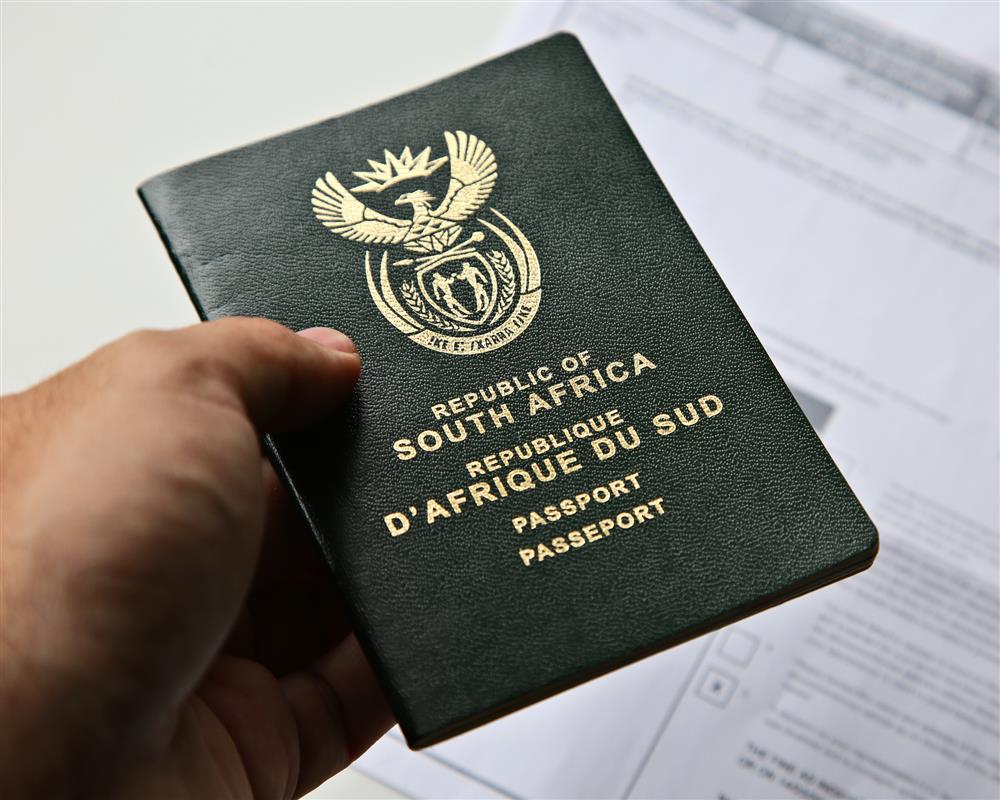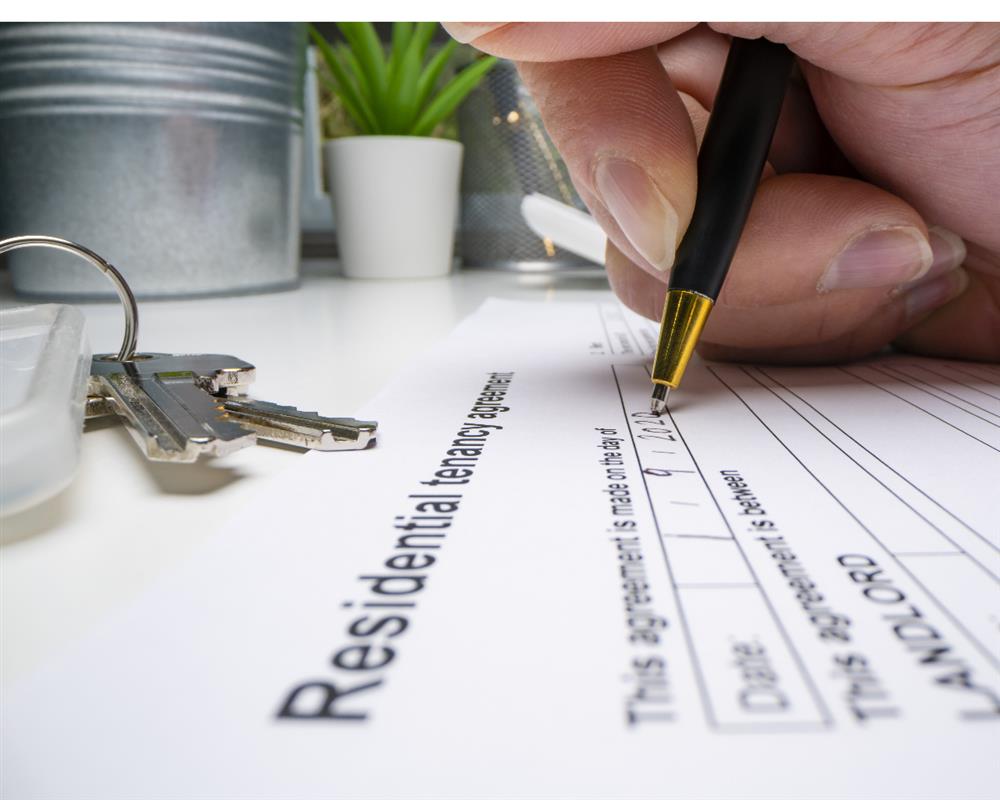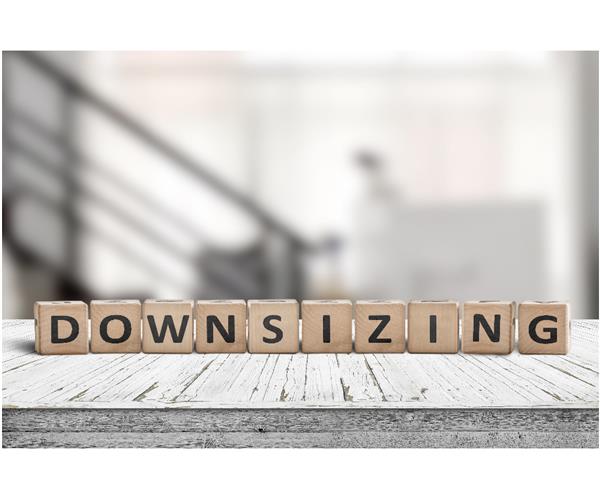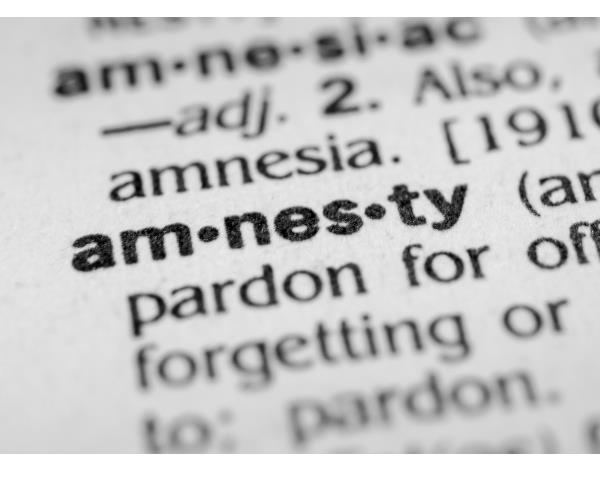
The Conveyancing Process Explained
The conveyancing process is the regulated legal transfer of property ownership from a seller to a buyer, facilitated by a qualified conveyancer. It applies to all immovable property transactions, including residential homes, commercial properties, vacant land, and sectional title units.
For sellers, understanding how each step impacts your transaction can help you avoid unnecessary costs, delays, and frustration.
Conveyancing is governed by a strict regulatory and legislative framework, overseen by the Deeds Office. This framework includes the Deeds Registries Act and the Sectional Titles Act. According to Marie van Coller Inc, “The core functions and responsibilities for a conveyancing process are to ensure all parties are aligned in the contract negotiations and that the appropriate documentation is filed and maintained accordingly."
1. Offer to Purchase (OTP)
The conveyancing process begins with a signed and legally binding Offer to Purchase, confirming that both the purchaser and seller accept, understand, and agree to the sale terms outlined in the contract - including the purchase price, suspensive conditions, and timelines.
This document forms the foundation of the conveyancing process. The process only proceeds once all suspensive conditions are fulfilled – for example, the purchaser securing bond approval.
2. Instruction to Conveyancers
Because the conveyancer acts on behalf of the seller, it’s vital that the seller appoint a qualified transferring attorney who provides personalised legal support throughout the process. Only a registered conveyancer may prepare, sign, or execute the deeds and documents to be lodged at the Deeds Office. The seller has the sole right to appoint this attorney – although the cost of transfer is typically borne by the purchaser. This ensures the conveyancing process is handled efficiently and within all legal parameters from start to finish.
There are three firms of attorneys involved in the transfer process – each with a distinct role and set of responsibilities that they carry out simultaneously. At this stage, the bond (registering) attorney and bond cancellation attorney are also appointed.
- Transferring attorney: Appointed by the seller; represents the seller; cost borne by the purchaser. - Role: Oversees the transfer of ownership.
- Bond (registering) attorney: Appointed by the purchaser’s bank; represents both the bank and purchaser; cost borne by the purchaser. - Role: Registers the purchaser’s new bond over the property.
- Cancellation attorney: Appointed by the seller’s bank; represents both the bank and seller; cost paid by the seller. - Role: Cancels the seller’s existing bond.
Once appointed, the transferring attorney immediately contacts the seller and purchaser to open the file and begin collecting essential information and FICA documents.
The transferring attorney also requests bond cancellation figures from the seller’s bank. These figures confirm the exact settlement amount required to cancel the existing bond and are essential for preparing guarantees, calculating the seller’s final payout, and ensuring the transfer can proceed without delay.
If the seller has an existing bond, the bank must also release the original title deed to the cancellation attorney, as this document is required for lodgement at the Deeds Office.
3. FICA Compliance
The transferring conveyancer requests FICA documents from both parties to verify their identity and financial information. These include IDs, proof of address, and marriage certificates.
If either party delays in submitting the required FICA documents, the transfer lodgement at the Deeds Office can be delayed by several weeks.
The conveyancer will also obtain all required clearance and compliance certificates, such as:
- Rates clearance from the municipality
- Electrical or gas compliance (where applicable
4. Transfer Documentation & Clearance Certificates
The relevant conveyancers draft the transfer and bond documents, which both the purchaser and seller must review and sign.
The transfer attorney applies for:
- A transfer duty receipt from SARS
- A rates clearance certificate from the municipality
- The required levy clearance certificates from the Managing Agent, or Homeowners’ Association (where applicable)
Once SARS has assessed the transfer duty, the purchaser must pay the duty before the transfer attorney can obtain the transfer duty receipt.
To obtain the clearance certificates, the seller must pay the rates and levy assessments issued by the municipality, body corporate, or HOA. Registration cannot proceed until these amounts are paid in full.
All conditions must be met before the transfer can proceed.
For sectional title units, an additional levy clearance certificate from the body corporate is required, confirming that all levies are paid up – a commonly overlooked step that can delay registration if not obtained timeously.
5. Payment and Guarantees
The purchaser pays the transfer fees and other related costs into the conveyancer’s trust account, including the funds for transfer duty (calculated on the property’s purchase price) and legal fees, and the conveyancer pays the transfer duty over to SARS.
Where the seller is a VAT vendor and the transaction is subject to VAT, no transfer duty is payable – VAT applies instead.
Separately from the transfer documents, the purchaser must also sign the bond registration documents with the bond attorney and pay the bank’s bond registration fees. These costs are in addition to the transfer fees and are required by the bank before the bond can be registered.
The seller is responsible for supplying all required compliance certificates and settling any municipal rates or levies payable by them.
During this stage, the seller’s existing bond is prepared for cancellation. The bond attorneys secure guarantees from the purchaser’s bank for the remaining balance of the purchase price (after any deposit). If no deposit is paid, the purchaser’s bank must guarantee the full amount.
Guarantees are usually issued 3–4 weeks before lodgement, depending on the responsiveness of the purchaser’s bank.
Sellers should:
- Confirm that the deposit (if applicable) has cleared in the conveyancer’s trust account.
- Check that the bank guarantees are issued and valid.
- Ensure all compliance certificates have been submitted.
Before lodgement can take place, the purchaser’s bank must issue a formal “proceed to lodge” instruction to the bond attorney. Most banks require 5–10 working days after the bond documents have been signed to grant this approval. Without this instruction, the matter cannot be lodged at the Deeds Office, even if all other documents are ready.
6. Lodgement
Once all documents, clearances, guarantees, and bank approvals are in place, the conveyancer lodges the transfer documents at the Deeds Office for registration.
The Deeds Office examines each document for accuracy and compliance before notifying the conveyancer that the property is ready for registration. This process generally takes 7-12 business days.
If any documentation needs correction or resubmission, this timeline may extend – which is why early accuracy is crucial.
7. Registration
Upon successful registration, ownership officially transfers from the seller to the purchaser. The conveyancer will notify both parties, as well as any relevant authorities.
At this point:
- The purchase price is paid out.
- The seller’s bond is cancelled.
- The purchaser’s new bond is registered.
- The estate agent's commission is paid.
- Any remaining proceeds are paid to the seller.
Once registration is complete, sellers will receive formal confirmation that the property has been transferred. Key handover takes place once all occupancy and tax matters are settled, and all parties’ legal obligations are fulfilled.
The seller should keep all transfer and bond documentation safely stored, as these may be needed for tax, audit, CGT, or future transactions.












































![What is POPIA? [Part 1]](https://s3.entegral.net/news/Thumbnail_2021_10_18_11_53_39_403.jpeg)






























































































































































